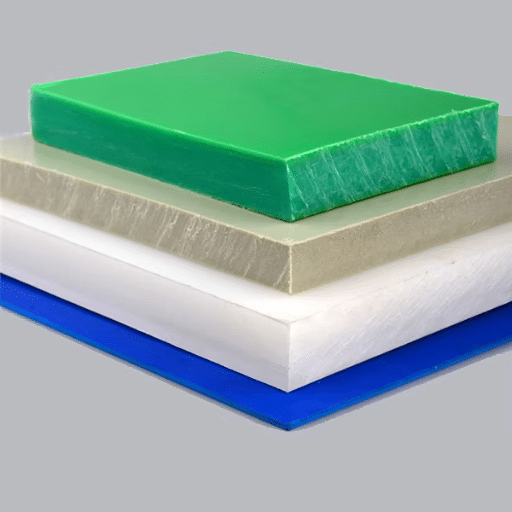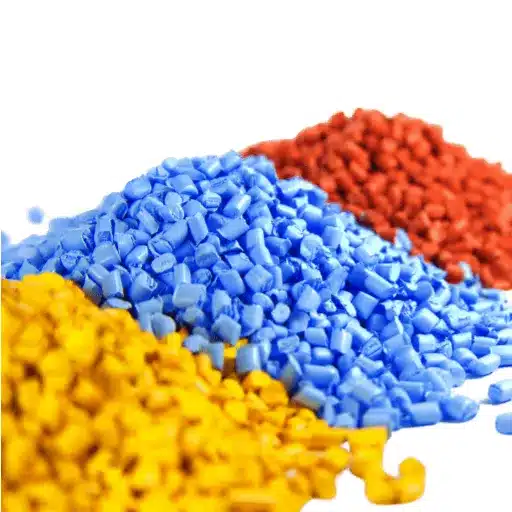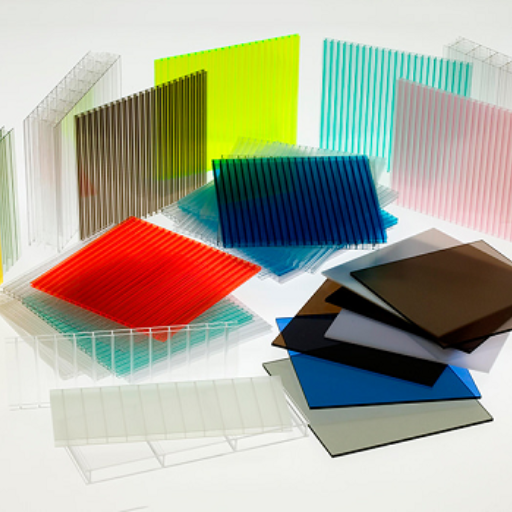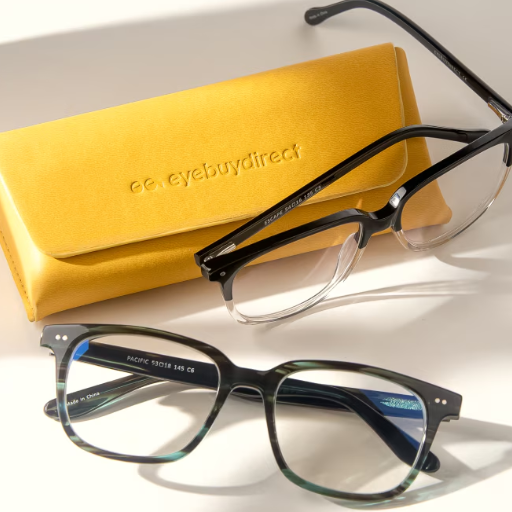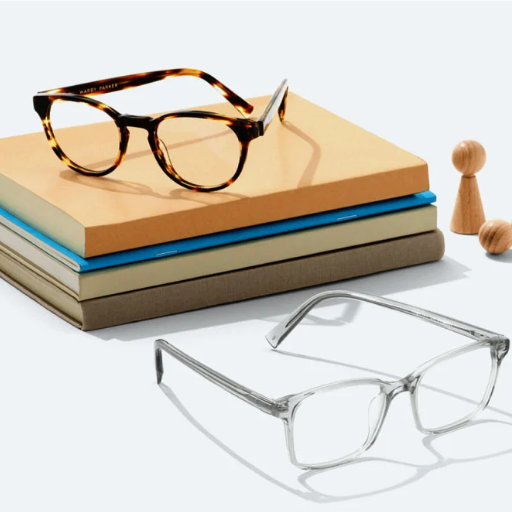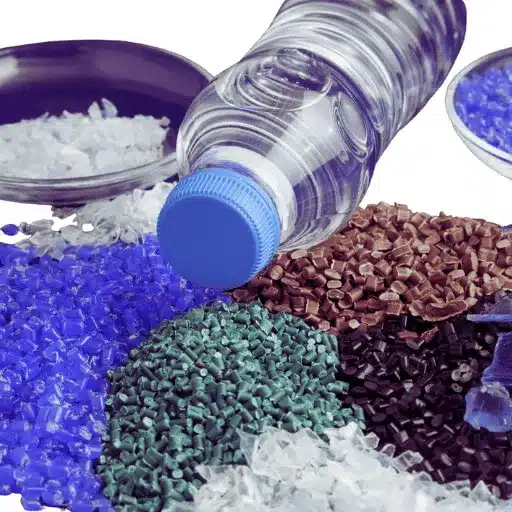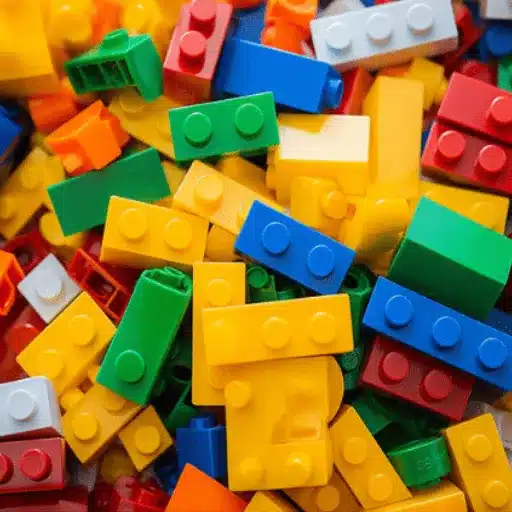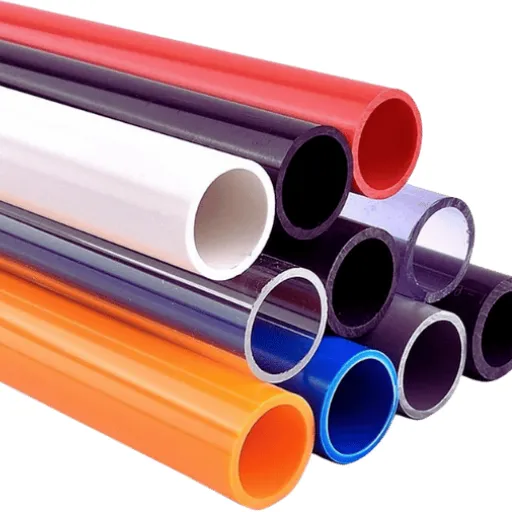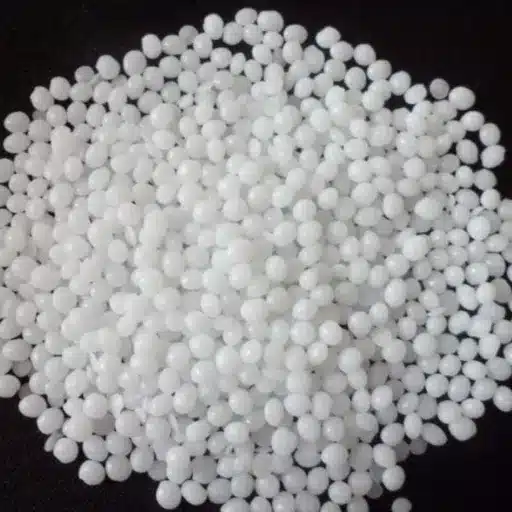Polycarbonate has been changing the world in ways that cannot begin to be summarized. Its power, light weight, and transparency make it strong and versatile. This comprehensive guide will explore what polycarbonate is, where it belongs in the realm of plastics, and why it has become so adaptable for commercial and domestic applications.
What is Polycarbonate?
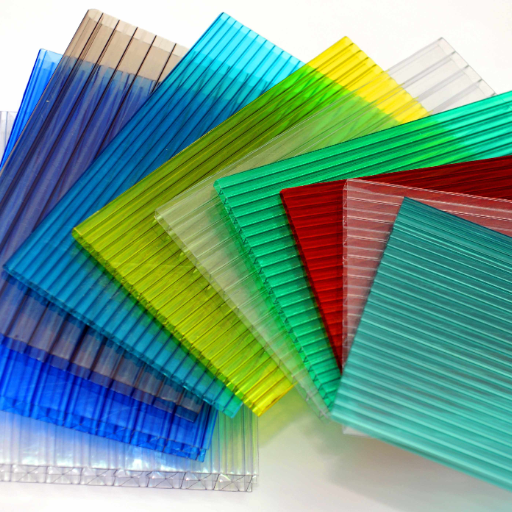
Key Point: Polycarbonate is a particularly robust thermoplastic featuring excellent resistance to wear, optimal clarity, and resistance to external forces.
Definition and Composition
Polycarbonate is made with functional groups of carbonates (-O-(C=O)-O-) which are responsible for its unsurpassed strength characteristics. The polymer is typically manufactured through polymerization processes using two primary reactants:
- Bisphenol A (BPA) – Traditional component
- Phosgene – Used in interfacial or melt processes
Modern advances in polymer chemistry have made it possible to create BPA-free polycarbonate options that are healthier for people and the environment.
Technical Specifications
- Tensile Strength: 55-75 MPa
- Glass Transition Temperature: Approximately 147°C
- Operating Temperature Range: -40°F to 250°F (-40°C to 121°C)
- Impact Strength: ~900 J/m (250x stronger than glass, 30x stronger than acrylic)
Classification as a Plastic Material
Thermoplastic Properties
Polycarbonate (PC) is classified as a thermoplastic polymer because it:
- Softens upon heating
- Hardens upon cooling
- Can be processed through injection molding and extrusion
- Maintains an amorphous (non-crystalline) internal structure
Key Advantages Over Other Plastics
- Superior impact resistance compared to acrylic or polystyrene
- Exceptional transparency due to amorphous structure
- Enhanced durability for applications like bulletproof glass and medical components
- Compatibility with additives for UV protection and flame retardancy
Outstanding Characteristics of Polycarbonate
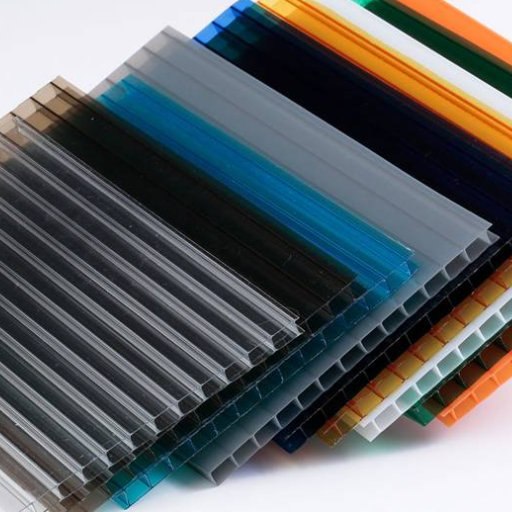
Impact Resistance
Polycarbonate boasts an impact strength of approximately 900 J/m, making it:
- 250 times stronger than glass
- 30 times stronger than acrylic
- Ideal for protective applications requiring durability
Optical Properties
- Light Transmission: Up to 88-90% (comparable to glass)
- Optical Clarity: Minimal distortion for precision applications
- Scratch Resistance: Can be enhanced with coatings
Physical Properties
- Lightweight: Significantly lighter than glass
- Flexible: Can be formed without cracking
- Dimensionally Stable: Low coefficient of thermal expansion
Thermal and Safety Properties
- Heat Deflection Temperature: 138°C at 264 psi load
- Flame Retardancy: Meets UL 94 V-0 or V-2 ratings
- UV Resistance: Available with protective coatings
- Sterilization Compatible: Withstands autoclaving and gamma radiation
Major Applications Across Industries
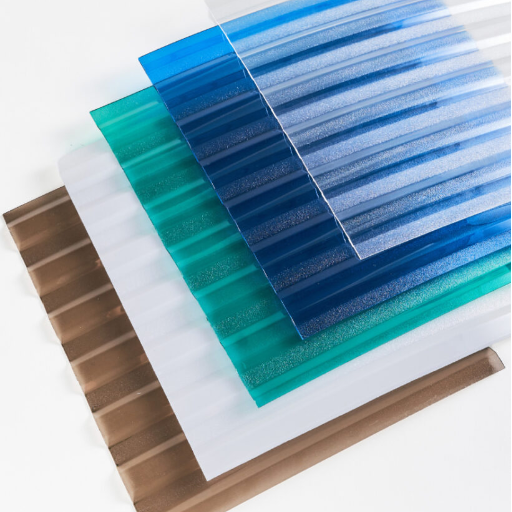
Construction Industry
- Roofing panels and skylights – Lightweight with high impact strength
- Window glazing – Energy-efficient insulation properties
- Safety barriers – Sound-absorbing and protective applications
- Greenhouse panels – UV-resistant with excellent light transmission
Electronics Industry
- Electrical housings – Superior insulation properties
- LED lighting components – Heat resistance and clarity
- Mobile phone components – Durability and flame retardancy
- Connectors and enclosures – High-temperature tolerance
Automotive Industry
- Headlamp lenses – Impact resistance and optical clarity
- Interior components – Safety and design flexibility
- Transparent panels – Lightweight alternative to glass
- Protective equipment – Helmets, face shields, and safety gear
Medical Applications
- Disposable medical devices – IV connectors, syringes
- Surgical instruments – Sterilization compatibility
- Diagnostic equipment – Precision and durability requirements
- Biocompatible components – Safe for human contact
Polycarbonate vs. Other Plastics: Comprehensive Comparison
| Property | Polycarbonate | Acrylic | PVC |
|---|---|---|---|
| Impact Resistance | Extremely High | Moderate | Low |
| Temperature Resistance | Wide Range (-40°C to 121°C) | Limited | Moderate |
| Optical Clarity | High (88-90%) | Excellent | Moderate |
| Flexibility | Very Flexible | Brittle | Semi-flexible |
| Weight | Lightweight | Lightweight | Heavier |
| UV Resistance | Requires Coating | Good Natural Resistance | Needs Additives |
| Cost | Moderate to High | Low | Low |
| Chemical Resistance | Moderate | Low | High |
| Sterilization Compatibility | Excellent | Poor | Moderate |
| Environmental Impact | Recyclable (BPA Concerns) | Difficult to Recycle | Environmental Concerns |
Safety Considerations and Health Concerns
BPA and Health Implications
Important: Traditional polycarbonate contains Bisphenol A (BPA), which is classified as an endocrine disruptor. Health concerns include potential reproductive system effects and other long-term health impacts.
Key Safety Points
- BPA Leaching: Occurs especially in heated and acidic conditions
- Food Contact: Regulatory agencies like FDA and EFSA regularly review safety limits
- Alternative Materials: BPA-free options including Tritan copolyester are available
- Microplastics: Ongoing research into long-term health effects
Additional Chemical Concerns
- Phthalates: Used for flexibility enhancement, potential reproductive system effects
- Styrene: Potential carcinogen according to IARC
- Microplastics: Found in water, food, and human tissues
Environmental Impact and Sustainability
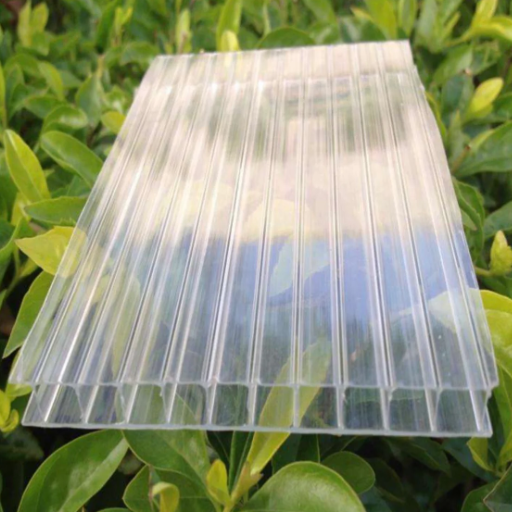
Production Environmental Concerns
- High Energy Requirements: Petrochemical-based manufacturing process
- Greenhouse Gas Emissions: Higher carbon footprint than some alternatives
- Non-renewable Resources: Dependence on petroleum-based raw materials
Recycling and Waste Management
Mechanical Recycling
- Process: Cleaning, grinding, and reprocessing
- Limitation: Material degradation with each recycling cycle
- Applications: Lower-grade products and composites
Chemical Recycling
- Depolymerization: Breaking down into basic components
- Recovery: Bisphenol A and carbonic acid derivatives
- Advantage: Higher quality recycled material
Sustainable Solutions
- Plant-based BPA alternatives in development
- Non-phosgene manufacturing methods being implemented
- Recyclable feedstock integration to reduce energy consumption
- Composite applications extending material lifecycle
Future Developments and Innovations
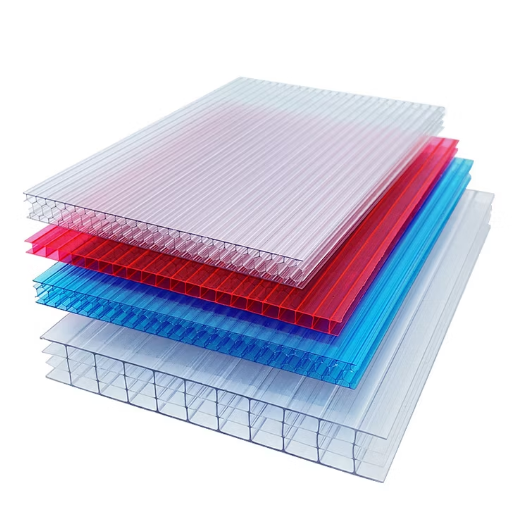
Material Science Advances
- Bio-based polycarbonates from renewable resources
- Enhanced recycling technologies for improved sustainability
- Smart polycarbonate materials with responsive properties
- Nanocomposite formulations for specialized applications
Industry Trends
- Increased demand for BPA-free alternatives
- Growing applications in renewable energy (solar panels, wind turbines)
- Advanced medical device integration
- Automotive lightweighting initiatives
Reference Sources
-
“Predicting Farmers’ Willingness to Adopt Liquid Pollination and Polycarbonate Drying Technologies”
- Key Findings: This study compares polycarbonate with other materials like plastic sheets and glass for agricultural applications, focusing on its adoption by farmers.
- Read more
-
“Human risk assessment: Toxicity issues and challenges associated with mixture of chemicals released during plastic reuse and recycling”
- Key Findings: The study examines the health risks associated with chemicals like BPA, commonly found in polycarbonate plastics. It highlights the challenges in recycling and reusing polycarbonate materials due to potential toxicity.
- Read more
Frequently Asked Questions
Q: Is polycarbonate a plastic?
Q: What are the main benefits of polycarbonate?
A: Key benefits include:
- Superior impact resistance (250x stronger than glass)
- Lightweight yet durable construction
- Excellent optical clarity (88-90% light transmission)
- Heat and flame resistance
- Sterilization compatibility for medical applications
Q: What are the primary applications of polycarbonate?
A: Polycarbonate is used across multiple industries:
- Construction: Glazing, roofing panels, safety barriers
- Electronics: Device housings, LED components
- Automotive: Headlamp lenses, interior components
- Medical: Disposable devices, surgical instruments
- Consumer Products: Safety glasses, optical lenses
Q: What makes polycarbonate popular compared to other plastics?
A: Polycarbonate’s popularity stems from its unique combination of properties:
- Superior impact resistance while maintaining transparency
- Lightweight yet stronger than glass
- Heat and flame resistance for safety applications
- Versatility across multiple industries and applications
- Ability to be enhanced with various additives
Q: Are there different grades of polycarbonate available?
A: Yes, polycarbonate is available in various grades tailored for specific applications:
- General Purpose (GP) grades for standard applications
- High-impact grades for demanding mechanical requirements
- Optical grades for clarity-critical applications
- Medical grades for biocompatibility requirements
- Flame-retardant grades for safety applications
Conclusion
Polycarbonate represents a remarkable achievement in materials science, offering an exceptional combination of strength, clarity, and versatility. While safety and environmental concerns continue to drive innovation toward more sustainable alternatives, polycarbonate remains an essential material across numerous industries.
As technology advances, we can expect to see continued development of BPA-free formulations, improved recycling processes, and novel applications that leverage polycarbonate’s unique properties. For engineers, manufacturers, and consumers alike, understanding polycarbonate’s capabilities and limitations is crucial for making informed material selection decisions.
Key Takeaway: Polycarbonate’s future lies in balancing its exceptional performance characteristics with improved sustainability and safety profiles, ensuring it remains a vital material for tomorrow’s innovations.






